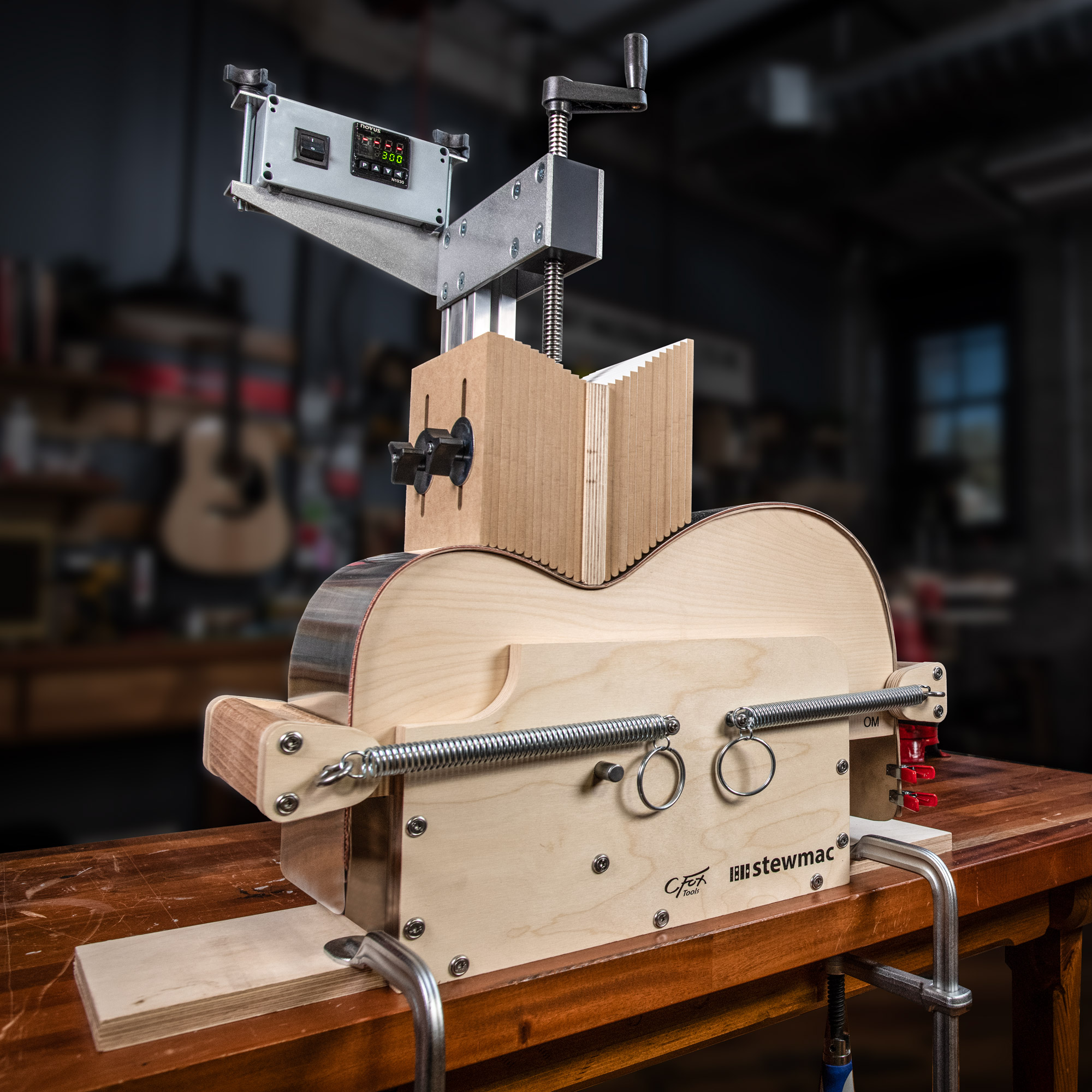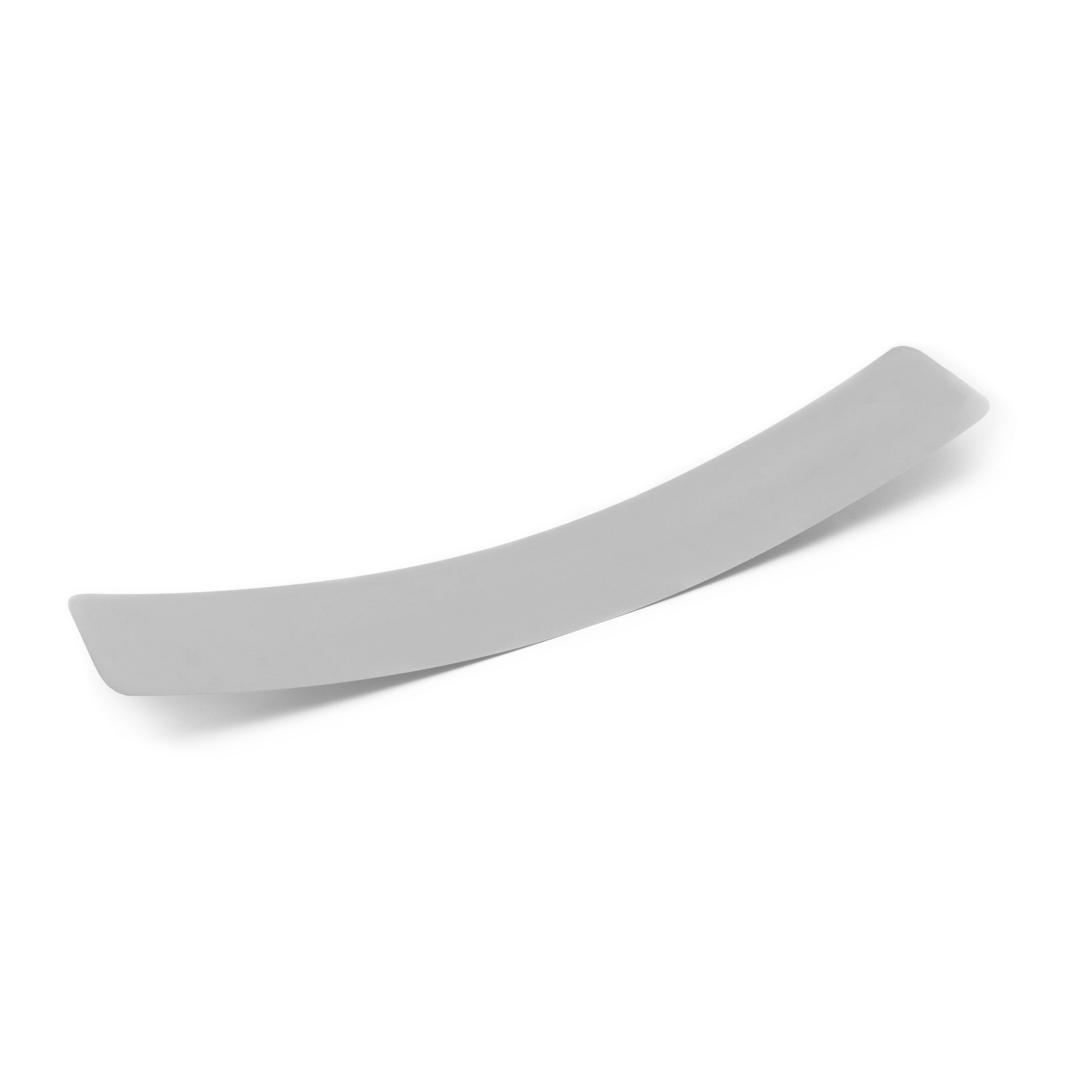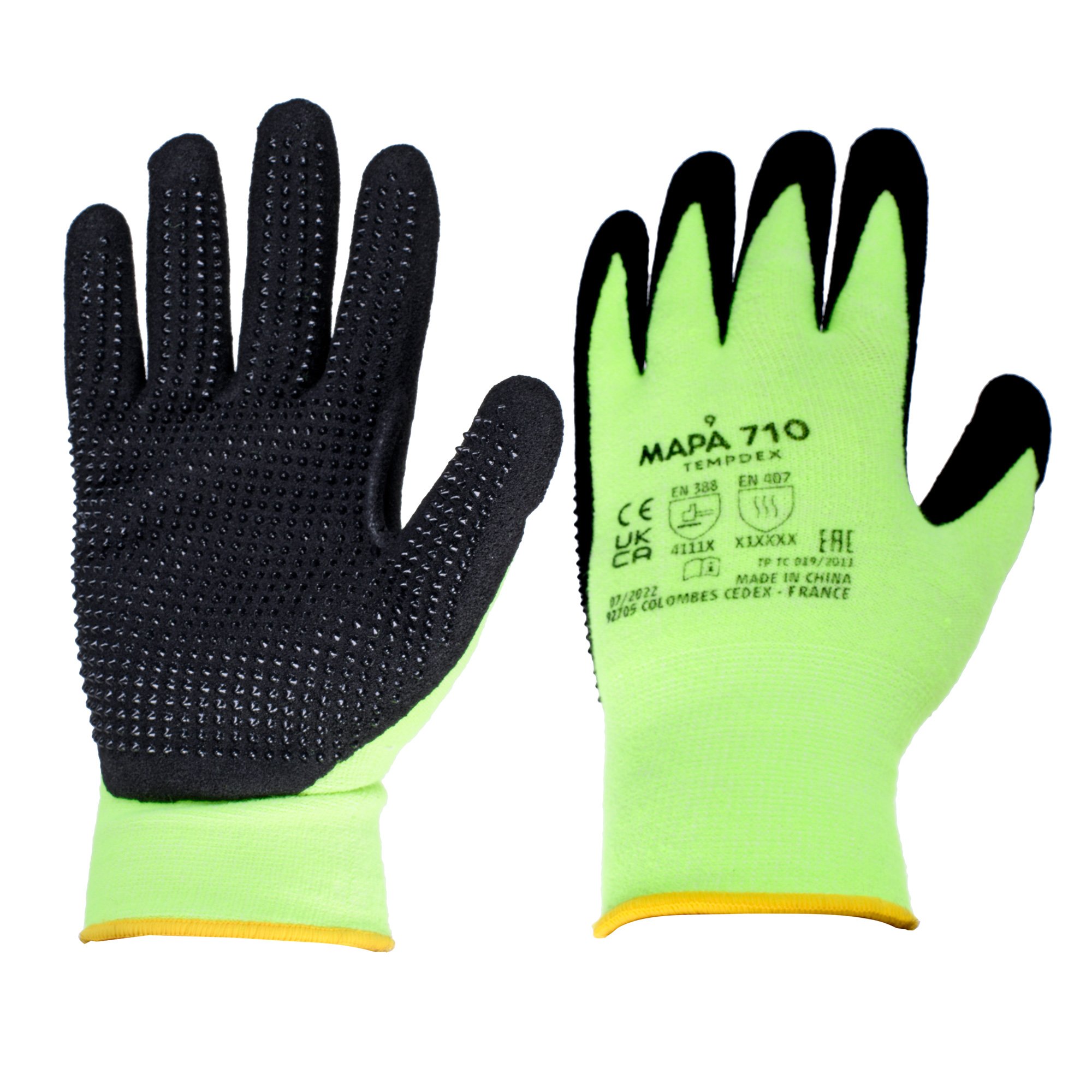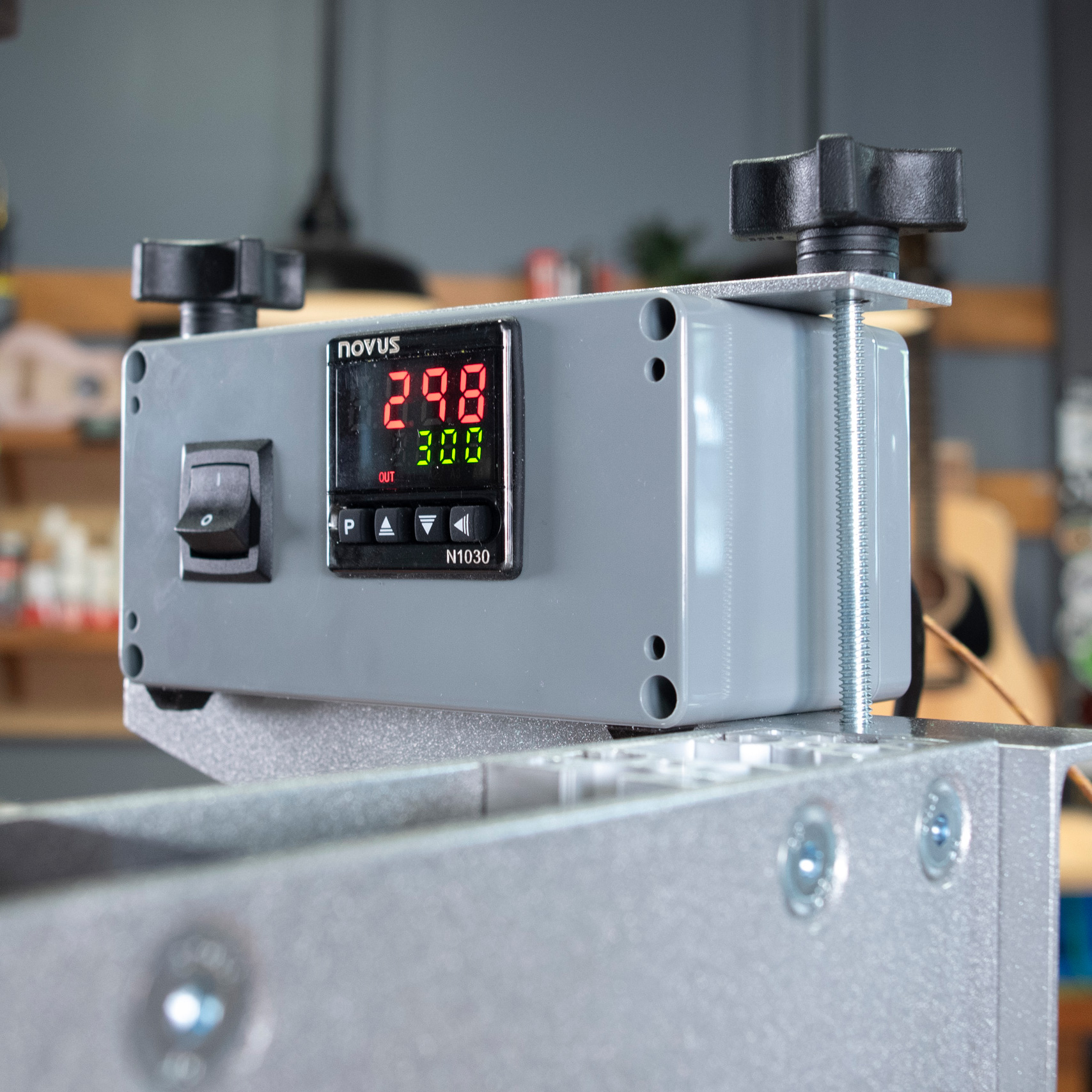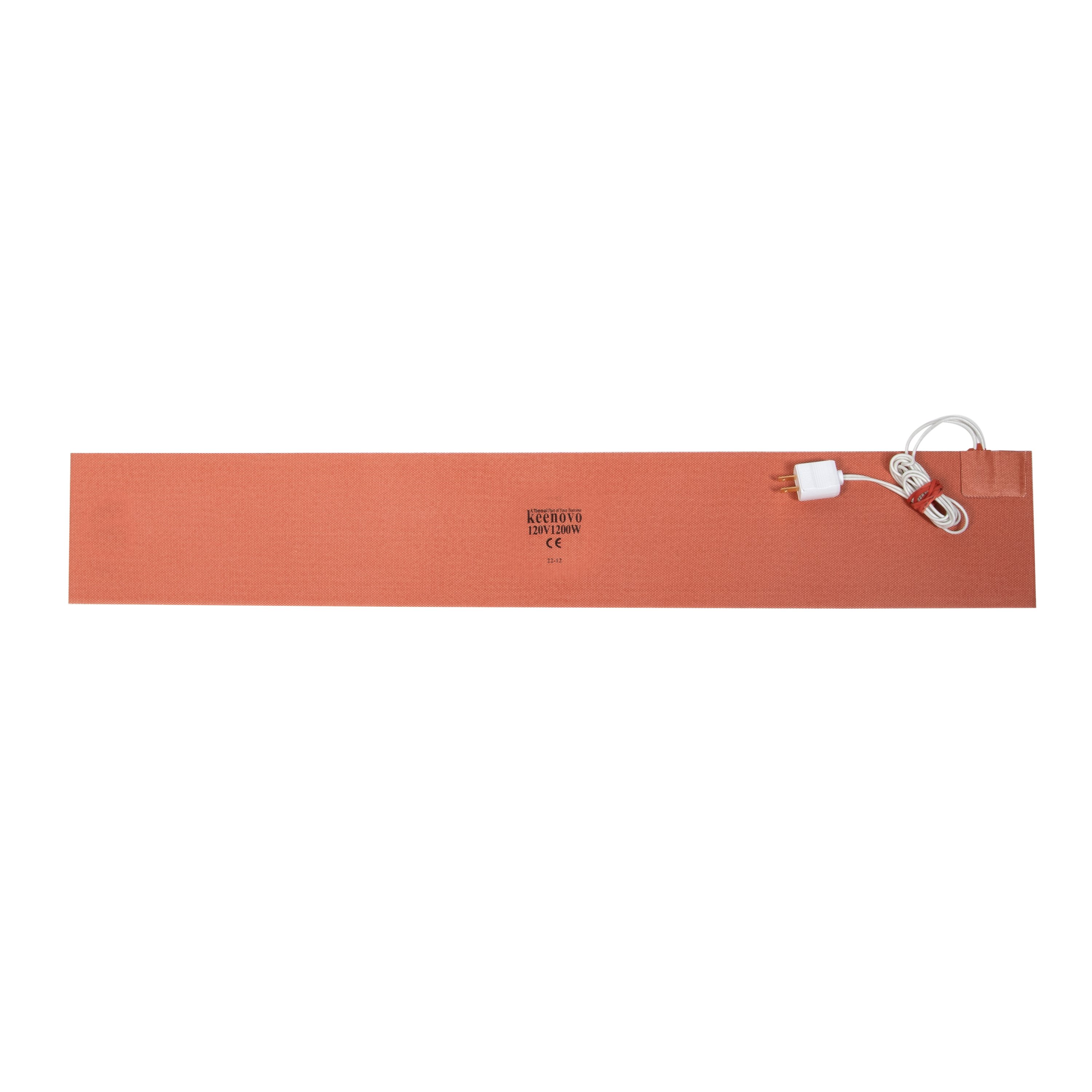Do You Really NEED a Side Bending Machine? Old-School Bending Iron VS. StewMac Side Bending Machine
Driftwood Guitars' Chris Alvarado explores the necessity of a side bending machine. Watch as he compares the traditional bending iron with the StewMac side bending machine to help you decide which tool is right for your guitar building needs.
Video Transcription
Chris Alvarado: I don't know, man, you think I still got it, think I can bend up a side using the old bending iron like I used to? Stick around to the end of the video to find out whether I still have it or not, I guess.
Tool options for bending sides
The process of bending sides when building an acoustic guitar can often be super exciting, but it can also be very intimidating. And if you're interested in getting into guitar building, you might wonder how do I do it, but more importantly, what tools do I use to do it? And in this video what we're going to do is cover some of the basic tools that you can use to get by with bending sides, as well as some of the more advanced tools that you can use if you're looking to take your building to the next level.
Blowtorch or a Bending Iron
The first option that you have if you're just looking to get started and you have no tools whatsoever, is to use what you see here in front of you, which is just called a Bending Iron. In fact, this is the more advanced version. If you're really looking to stay on a small budget, you can get away with just getting a two-inch steel pipe and putting a blowtorch inside of it. In fact, that's what I used for probably the first four or five guitars that I built, but it does the same thing. It's same thing you're seeing here. It is a piece of metal that has different contours on it that gets up to a certain temperature. And then you're going to just take your side material and you're going to do, like you see me doing here, you're going to slowly work yourself around it until the wood slowly bends into the shape that you want.
The good thing about this is the price point of entry is very, very small. If you're going to do the blowtorch method with a piece of piping, you can probably get into a side bender for sub $30. If you already have a blowtorch, you can do the whole thing for like $10 bucks. And that's super cool and that's why a lot of folks get started off with that.
The downside to that is you have zero temperature control. It's basically the surface of the sun, or you have something that is somewhere in between and it's very easy to burn wood, it's very easy to mess things up. So a lot of folks do only that on their first couple of guitars and then they upgrade to one of these, a thermostatically-controlled bending iron.
This offers you a lot more control than the blowtorch method does, and the nice thing about this is it gives you specific temperature controls and it actually has several different contours on this piece here. It's teardrop shape, so you have a wider radius, with an even wider radius and then a very tight radius on this side. So it gives you the ability to use it in different ways so that you can get the shapes that you want.
The downside to this whole thing is that it's very difficult to get super accurate shapes formed into your sides without lots and lots of practice. By that I mean your first couple of sets that you bend on here are probably not going to be super accurate, they're not going to match the mold really well, and they're probably going to be pretty lumpy.
So when it comes to talking about things like the lumpiness of the sides being the big disadvantage to using a heating iron like this, that is the thing that led me and many other luthiers that I've talked to, to making the decision to upgrade to a Side Bending Machine. It's all fine and fun when you're using unfigured woods, but when you start switching up to, in my particular case, really highly quilted maples, it's really, really difficult to bend sides on a bending iron like this without having lots of either potential cracks, or really, really big lumps that almost become impossible to remove.
So that's when the consideration of possibly upgrading to a side bending machine really became something that was on my radar. A plus side is that there's nothing quite like bending a set of sides by hand. It's very, very rewarding. The smells are hitting you in the face and it does teach you a lot about what the wood's doing. I still find a very romantic place in my heart for bending sides this way every once in a while.
Now that we've talked about some of the pros and cons of a classic bending iron like this, what I'm going to do is finish bending up this side for old time's sake, because I haven't actually done this in years by hand this way. And we'll move over to the bending machine and we can show you some of the advantages to using something like that.
New Driftwood Guitars products: Paint handle and bench caddie
We interrupt this programming to tell you guys a little bit about some of the products that we sell, one of them being this awesome paint handle. For those of you that are maybe respraying a guitar or following along with one of our builds and you're looking, "How can I hold my guitar while I spray it?" We have the solution. Check these guys out, we have them in a link down below. As well as our fret caddies that we've started selling. And these are awesome for refrets or just general guitar maintenance. You put your loose frets inside of here, your bridge pins here, and any sort of metallic hardware that you have inside of, there just to help keep your workbench organized. So check those out, we do have links down below, and we'll ship them today.
Side Bending Machine
The second option that you have when it comes to bending up sides is upgrading to one of these bad boys, which is a Side Bending Machine. These things are kind of amazing. One you see over here on your left is the LMI side bending machine that I actually have been using for about the last seven or eight years. This thing has been awesome. Obviously LMI is no longer in business, so this machine is not available.
The good news is is that StewMac has been working really hard for the last couple of years, R&Ding and making this machine that you see over here on your right. They did send it to us for us to try out and see what we like and don't like, and they can make little changes to it before it goes out the door. But we're not going to be going over this specifically how to use this machine, but if this is a machine that you're interested in purchasing, you can actually go to StewMac's website and get yourself on a pre-order wait list to get it or at least be notified when it is available. So with that, I'm actually going to load up our other side set. We'll get it in the machine and we're going to talk about some of the pros and cons of using a big machine like this.
Side Bending Machine pros and cons
Something else that I forgot to mention that I want to make sure that you folks know is that this actual machine is going to have the option to put a cutaway bender on it as well, which is really cool. Not all side benders have that. Those of you that have tried to bend cutaways for your guitar and know that it can get kind of sketchy sometimes because it is a very tight radius, so by putting this attachment onto the machine, which will actually clip on in this general area over here, your cutaway is going to bend just as easily as your waist does. And it definitely takes a little bit of the pucker factor out of the situation and can make it so that you're much less likely to break a side piece.
I guess the big thing and the question that most of you guys are asking and the reason you clicked on this video, is whether or not it's time for you to upgrade because that's a big decision that you have to make. I know that for me, that big decision happened when I had two guitars that were using quilted maple and I had spent, gosh, probably $1,500 on those back and side sets, on the two of them. They were very expensive. And I looked at my bending iron and I went, "Okay, there's a 50/50 shot that I'm going to crack this wood." That's when, for me, looking at a bending machine like this started to make a lot more sense.
That's one reason why you might think about doing this. If you're mostly bending highly figured or very expensive woods, like if you're doing a lot of Brazilian rosewood, if you're doing a lot of blackwoods and zircotes, things that are expensive and very difficult to replace, this is an insurance policy. Don't think of it as a machine, think of it as an insurance policy. As this heats up, we'll bend it a little bit more, and we're already done with the waist. It is smoking a little bit more than you would normally see this because machine's all brand new and some of the assembly oils are all burning off on it.
The main considering factor on whether you should get a machine like this is you really got to think about how much is your time worth. If you are building guitars and you're selling them, even if you're not selling them for a whole bunch of money, it starts to make a lot of sense really quickly to upgrade to a machine like this. You think about how many side sets do you need to break or have to repair or spend hours sanding to try to catch up from all the little issues you had from using a bending iron, you go, "Okay, if I just bought the machine a year ago, I would've saved myself all of that money and all of that time."
There's a really, really big advantage to having a machine like this. And I'd say that the biggest one is the accuracy of how these look when you get done and pull them out of the machine is on a whole nother level compared to using just a traditional tube bender, like we had earlier. And that is because what's going to happen here in just a second, once we get this whole side completely bent, which you're seeing in real-time how quickly this is going, is we're going to turn the machine off and this side is actually going to cool off in the mold and get back to room temperature. And when we pull it off, there's going to be almost no spring-back whatsoever. And that's something that you just don't and cannot have with using a bending iron, and that's one of the big advantages.
And from a manufacturing standpoint, I can do that, turn this machine off, like I will here in just a second, and I can walk away and spend the next 40 minutes going and doing something else with my time, instead of sitting over here fiddling with these sides as it cools off. So there's definitely a level of automation that happens with a machine like this that frees me up to do other things.
The big disadvantage, and I don't think that I need to say this too much, is that it's cost, obviously it's cost. Getting into a side bending machine, whether you're buying one that's pre-done like this StewMac machine or you're deciding that you're going to go get plans on the internet and build your own, it's time-consuming and it's very, very expensive.
So that brings home the point that Matt and I were trying to say, which is if you're only building a couple of guitars a year and this is recreational for you, if you have budgetary constraints, getting a machine like this, not required, you don't need to get a side bending machine. But if you're either thinking about taking this seriously and starting to build guitars professionally, or if you have the means and you just want to build as accurate of a guitar as you possibly can with as little of a risk to messing things up, then a machine like this is absolutely worth it.
I'd say that the other disadvantage, the big disadvantage to a machine like this, is just general space. It does take up a lot more room than a bending iron does, so it's something that you should consider. Especially if you're going to get a machine like this and you're going to get the cutaway attachment that goes on here, that's another thing. And then you have all of the molds that go along with this. You got to remember that right now we do have just the dreadnought mold in here, but I also have four other guitar models worth of molds that we have stashed away in the shop and those all have to live somewhere.
So I'd say that yeah, those are the two big ones. It's cost and just general amount of space requirements that are required for using a machine like this. It's kind of a big chasm between the Bending Iron and a Side Bending Machine. So there's a lot to consider, but I know that for me, obviously, I'm building about 15 guitars a year, I absolutely could not live at all without my side bending machine. It's one of my biggest upgrades that I ever made years ago, and I just can't live without it.
All right, so what we're going to do is let this side cool down back to room temperature, and then I want you guys to see what the difference is between my hand bending with the bending iron and the side bending machine. We'll see how accurate they are.
Comparing the results - Bending Iron vs Side Bending Machine
All right, so now we get to see how good I can bend sides by hand versus doing it in the side machine here. Let's see what the results are. All right, so I think we can see now the difference between bending them in the machine versus bending them by hand. Main difference being is you could see how much darker this whole thing is compared to this one, but that's all just the oils that have come out of the wood. But the biggest one's going to be here. So this is our inside mold and you can see how nice and accurate that is. And then if we switch over to my hand-done one, it's going to take a little bit more finagling to get it to where we want, but it's still pretty close. But the difference is subtle here, but if I was using a quilted wood or a highly figured wood, there'd probably be quite a big difference in how that they look.
All right, so that does it. Let us know in the comments section which type of machine you guys use. Are you using an old-school bending iron? Are you using a side bending machine? Like we said, the machine that is featured in this video is still in beta, and at the time of recording, it's only available to be signed up for so that you can be notified when it is available. If you're watching this video in the future, we are going to have a link down below with an actual link for this machine that you guys can click on. It is an affiliate link, doesn't cost you guys any extra money, but it does give a little bit of a kickback to Matt and I, which helps us keep the lights on here. We'll also have a link to the side bending iron that we had as well.
And we hope this video helps inform you, make that decision for yourselves, and we'll see you guys in the next one.

